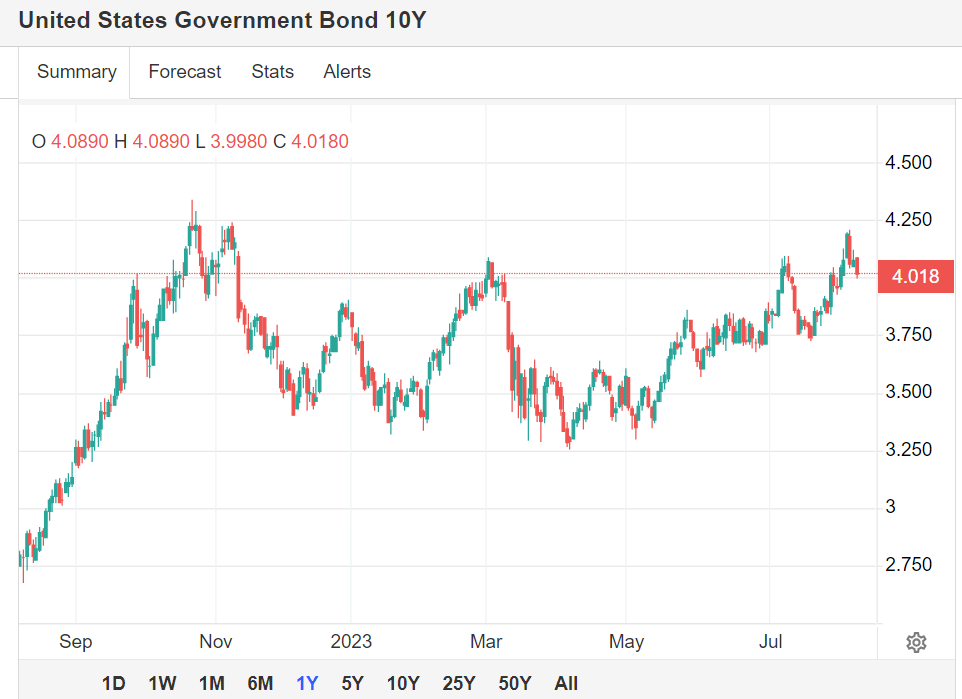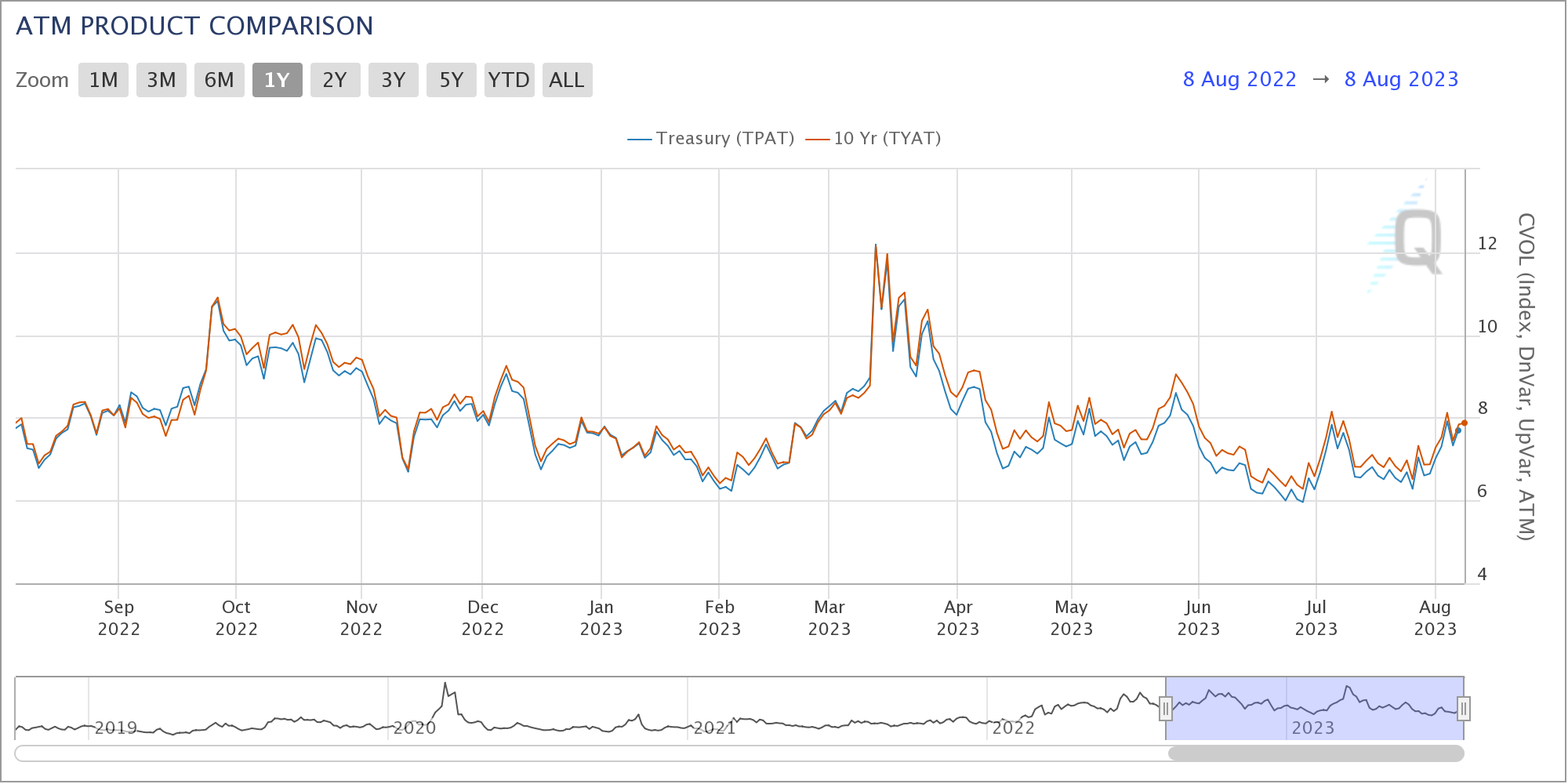How Implied Volatility Affects Stock and Bond Prices


Your best indicator for anticipating future asset price action
As a former options market maker with a robust background in analyzing asset prices and implied volatility, I’ve realized the intricate relationship between these two factors. Implied volatility, a concept central to options trading, is usually the best indicator of future asset price action.
Defining implied volatility: unraveling the concept
Implied volatility, often referred to as IV, is a crucial metric within options trading. It quantifies the market’s expectations for future price fluctuations of an underlying asset, such as stocks. Precisely, IV gauges the anticipated extent of price swings over a given time frame, reflecting the uncertainty and risk perceived by market participants. Higher implied volatility signifies more significant uncertainty, while lower values indicate relative stability in price movements.
Illustrating the impact: S&P 500 and VIX analysis
Let’s delve into a scenario involving the S&P 500 and the VIX, a prominent volatility index representing the 30-day implied volatility of the S&P 500. Consider two contrasting scenarios that underline the significance of implied volatility:
Scenario A: New Lows in S&P 500 and Elevated VIX
Scenario A is highly unpredictable. Since VIX is trading close to a new three-month high, markets will likely experience waves of liquidations shortly. Indeed, since implied volatility is at a three-month high, uncertainly about the future is at a three-month high.
At the very least, we would be cautious about entering long positions. Some market participants will call this scenario “catching a falling knife.”
Scenario B: New Lows in S&P 500 and Stable VIX
Scenario B, while equally “scary,” looking only at the S&P500 chart, in our opinion, is different. While S&P 500 is making new three-month lows, since VIX is trading at an average level – uncertainty about the future is not extreme.
While things may turn from bad to worse, it is our experience that usually, in those scenarios, markets are quick recovery to recover or, at the very least, a lot, not that extraordinarily volatile.
Implied volatility’s role in predicting market behavior
The important thing here is our opinion on what usually happens. Not that it is 100% guaranteed to happen like we described.
From watching CNBC, we can infer that most investors nowadays would probably agree with this analysis – it seems like many market participants mention VIX as a confirmation of a move in the S&P500 in either direction.
Examining the present: US 10-year government bond rates and implied volatility
Shifting focus to present market landscape, recent US 10-year government bond rate fluctuations are observed. These fluctuations serve as a case study in the interplay between interest rates and implied volatility.
In a recent development, US 10-year government bond rates briefly surged to around 4.25%, marking a significant one-year high. However, this surge gains deeper context when analyzed alongside levels of implied volatility.

Source: Trading Economics

Source: CME 10-year interest rate 30-day implied at-the-money volatility
Data reveals a pattern: interest rates are rising, while 10-year implied volatility remains stable. This uncertainty is less than what was observed in March 2023. These findings suggest that the recent surge in interest rates may only lead to a sustained upward trajectory at times.
Conclusion: leveraging implied volatility insights for informed decisions
In conclusion, the recent surge in US 10-year government bond rates offers a compelling opportunity for investors to consider long bond positions. This recommendation gains strength from the observation that implied volatility levels hover around the historical average for the past year, marking a 30% decrease from the extreme volatility recorded in March 2023.
Consequently, the dramatic rise in interest rates may unlikely persist, presenting a potentially advantageous situation for strategic investors.
